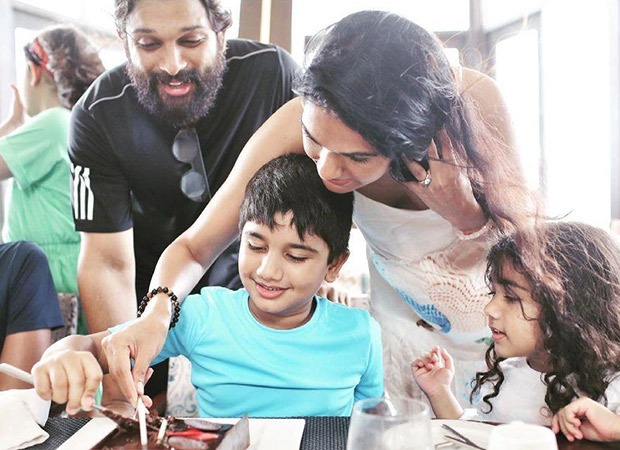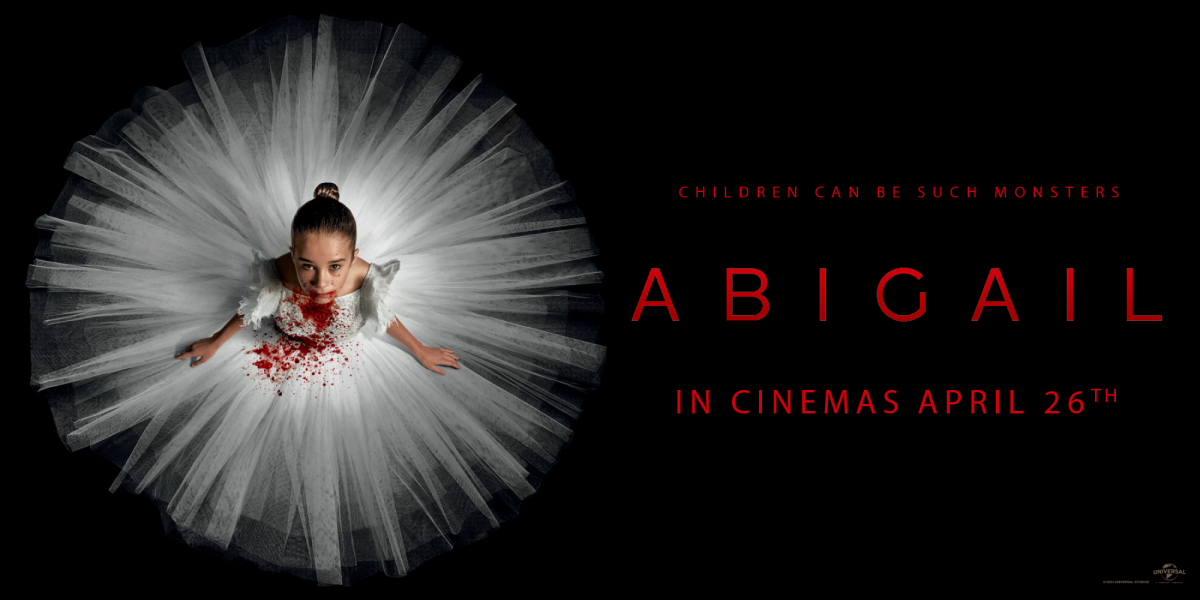
For
years,
South
Indian
cinema
has
been
fodder
for
the
Hindi
film
industry.
Commercial
entertainers
from
the
Tamil,
Telugu,
Malayalam,
and
Kannada
industries
have
contributed
to
the
success
of
Bollywood
with
some
remarkable
narratives
and
scripts.
Between
2009
and
2019,
Bollywood
remade
around
28
films,
of
which
18
were
superhits.
Several
established
Bollywood
actors,
from
Akshay
Kumar
to
Salman
Khan,
and
new-age
stars
like
Rajkumar
Rao,
Ranveer
Singh,
and
Kartik
Aaryan,
have
tasted
success
with
reprised
versions
of
the
originals.
The
Remake
Culture
Bollywood
has
been
a
repeat
offender
in
terms
of
remakes,
but
their
increased
frequency
in
recent
years
is
just
baffling.
This
year,
around
6
remakes
of
South
films
made
their
way
to
the
Hindi
speaking
belt,
which
includes
Hit:
The
First
Case,
Good
Luck
Jerry,
Jersey,
Cattputlli,
Vikram
Vedha,
Milli
and
Drishyam
2.
On
the
other
hand,
Aamir
Khan’s
Laal
Singh
Chadda
and
Anurag
Kashyap’s
Dobarraa
were
remakes
of
English
and
Spanish
films,
respectively.
But
only
Drishyam
2
made
an
impact
at
the
box-office,
while
all
the
others
remained
forgettable.

The
number
of
remakes
in
Bollywood
has
shot
up
significantly
in
recent
times.
Although
the
idea
of
recreating
and
dusting
off
hit
stories
may
seem
like
a
profitable
idea,
the
trend
of
remakes
is
not
working
for
Bollywood.
It’s
not
that
remakes
are
a
bad
thing.
Popular
genres
and
stories
can
be
told
multiple
times,
but
what
is
concerning
is
Bollywood’s
over-reliance
on
scripts
from
South
film
industries.
There
have
been
a
good
number
of
remakes
that
turned
out
to
be
super
hits,
such
as
Wanted,
Ready,
Rowdy
Rathore,
Kabir
Singh,
etc.
Emergence
Of
Online
Streaming
Platforms

However,
the
industry
seems
to
be
tumbling
post-pandemic.
With
the
entire
human
race
locked
inside
their
homes
for
almost
2
years
during
the
covid
era,
subscriptions
to
streaming
platforms
like
Netflix,
Amazon
Prime
Video,
and
others
saw
a
tremendous
jump.
These
platforms
opened
gates
for
audiences
to
non-Hindi
flicks
who
wanted
to
discover
new
varieties
of
content
from
other
languages.
Komal
Nahta,
a
trade
analyst,
put
it
very
aptly:
“South
Indian
films
are
available
on
so
many
platforms
that
Bollywood
remakes
are
no
longer
relevant.”
Films
now
have
three
to
four
weeks
before
being
released
on
any
OTT
platform,
making
it
easier
for
people
to
access
content
in
any
language.
At
the
same
time,
filmmakers
and
producers
from
the
South
are
broadening
their
approach
and
want
to
release
their
films
for
a
larger
audience.
They
are
indulging
in
nationwide
promotions,
giving
out
interviews
to
North
media
networks,
and
simultaneously
releasing
the
dubbed
versions
of
the
movies.
Craze
For
South
Films
Few
of
the
biggest
money
spinners
of
2022
have
been
from
the
south,
namely
RRR,
KGF,
Pushpa,
Vikram,
and
Kantara.
The
dubbed
versions
of
these
films
became
pan-Indian
smash
hits,
whereas
Brahmastra,
The
Kashmir
Files,
Gangubai
Khatwiawadi,
and
Bhool
Bhulaiya
2
from
the
Hindi
film
industry,
despite
being
declared
box
office
hits,
couldn’t
closer
to
the
collection
of
the
south
films.
We
cannot
entirely
blame
Bollywood’s
downward
slide
on
the
boycott
mania,
which
usually
runs
every
day
on
social
media.
As
the
aforementioned
movie
names
have
done
well,
it’s
clear
that
the
new-age
Indian
audience
wants
original
films
that
offer
a
new
experience.
Nobody
wants
to
enter
a
theater
to
watch
a
film
whose
dubbed
or
subtitled
version
is
already
streaming
on
OTT
platforms.
Also,
an
average
audience
from
a
middle-
or
lower-class
background
would
not
have
enough
money
to
go
to
the
theatre
every
week
to
watch
a
remake.
Hence,
a
remake
is
not
worth
the
audience’s
time
and
money.

Unfettered
Dependency
On
South
Scripts
Bollywood
has
been
struggling
to
rake
in
numbers
at
the
box-office
post-pandemic,
while
there
have
been
new
ideas
and
concepts
emerging
from
the
southern
industries.
Filmmakers
in
the
Hindi
film
industry
are
making
a
frame-to-frame,
dialogue-to-dialogue,
and
scene-to-scene
copy
of
the
original
South
scripts
as
they
fear
taking
risks.
Earlier,
there
weren’t
many
avenues
for
people
to
watch
films
from
other
languages,
so
spending
time
watching
a
remake
used
to
be
an
exciting
affair.
And
now,
with
a
number
of
OTT
platforms,
streaming
original
content
is
easier
for
people.
For
example,
Vikram
Vedha
was
either
already
watched
by
people
on
streaming
platforms
or
most
of
them
weren’t
interested
in
watching
a
remake
as
there’s
nothing
original.

It
would
be
impulsive
to
say
that
remakes
may
not
ever
work
for
Bollywood
unless
someone
makes
a
conscious
effort
to
reinvent
and
represent
the
original
story
with
their
eyes.
The
positive
response
to
South
stars
and
films
is
making
it
more
difficult
for
Bollywood
stars
and
directors
to
attract
audiences
to
theaters,
even
for
original
scripts,
as
in
the
case
of
Bhediya
and
Chup.
As
OTT
platforms’ penetration
into
every
Indian
household
would
require
more
time,
a
larger
section
of
Indian
society
still
doesn’t
have
the
capacity
to
subscribe
to
the
higher
charges
of
these
platforms.
As
a
result,
some
people
may
be
interested
in
watching
reworked
content
if
it
is
skillfully
constructed.
Another
concerning
trend
in
the
industry
is
Bollywood’s
rush
to
acquire
a
South
film
as
soon
as
it
hits
the
theaters.
To
avoid
comparisons
between
the
original
and
the
remade
versions,
the
producers
are
paying
a
lump
sum
for
the
original
rights
and
removing
them
from
streaming
sites
in
order
to
ensure
a
profitable
theatrical
run
for
the
remake.
This
happened
with
films
like
Ratsasan,
Mili,
and
Ala
Vaikunthapurramuloo.
The
makers
of
Shehzada
have
requested
that
the
film’s
dubbed
versions
not
be
released
on
YouTube.
The
Need
For
Reinvention
It’s
not
clear
whether
it
is
the
Hindi
film
industry’s
unwillingness
or
sheer
laziness
to
experiment
and
explore
new
concepts,
but
there
is
definitely
a
dearth
of
ideas
and
a
lack
of
attention
to
details.
We
talk
about
breaking
into
the
Oscars,
but
even
Bollywood’s
original
scripts
lack
the
strength
and
the
heart
to
compel
viewers
to
watch
their
films.
Sticking
to
the
same
old
formula
will
not
have
any
fruitful
impact
on
Bollywood’s
business.
Instead
of
counterattacking
boycott
groups
and
audiences
with
meaningless
claims
that
they
do
not
understand
the
film,
the
Hindi
film
industry
as
a
whole
should
try
to
figure
out
why
their
work
is
failing
to
impress
the
audience.
They
should
also
pay
more
attention
to
what
the
audience
demands
rather
than
ranting
about
everything
else.
Meanwhile,
every
individual
has
a
different
reason
to
watch
a
movie;
we
all
want
to
experience
and
take
away
something
different
each
time
we
watch
a
film
in
a
cinema
hall.
Therefore,
rewatching
a
script
that
was
picked
from
existing
material
is
not
a
very
sensible
argument.













